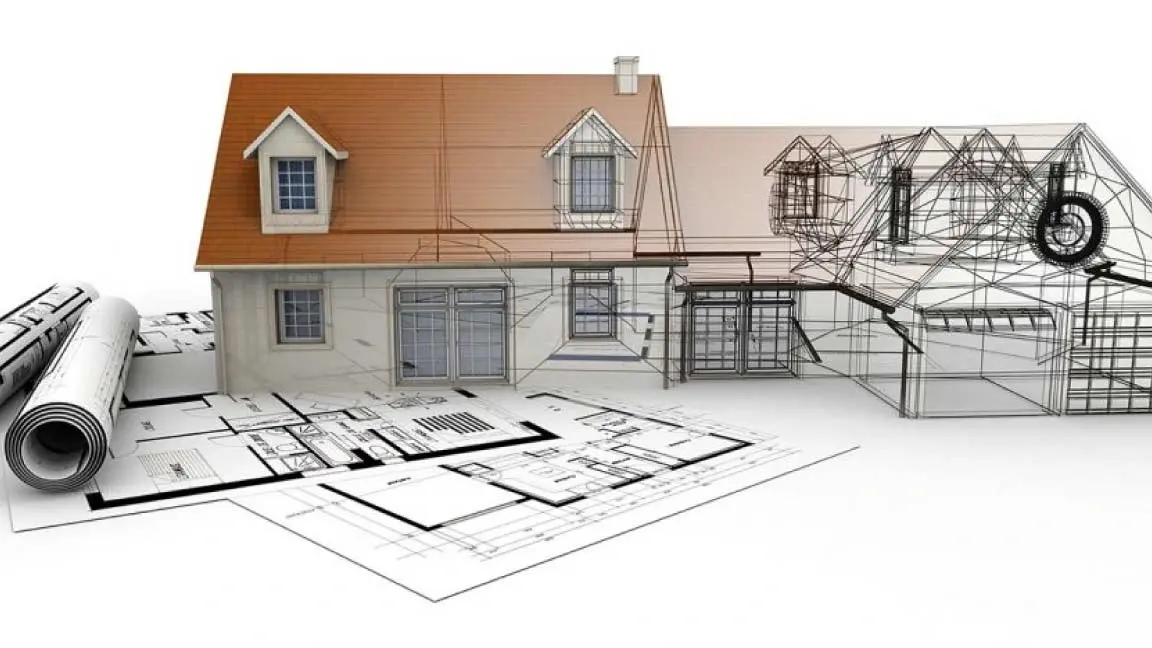Introduction:
In the quest for sustainable and environmentally friendly building design, enhancing energy efficiency has become a top priority. MEP (Mechanical, Electrical, and Plumbing) drafting services play a pivotal role in achieving this goal by incorporating energy-efficient systems and technologies into building designs. Let’s delve into how MEP Drafting Services contribute to enhancing energy efficiency in building design:
1. Designing Energy-Efficient HVAC Systems:
a. Utilizing Advanced HVAC Design Software:
MEP drafters leverage specialized HVAC design software to create energy-efficient heating, ventilation, and air conditioning (HVAC) systems. These software tools facilitate the selection of energy-efficient equipment, optimization of system layouts, and simulation of HVAC performance to maximize energy savings while ensuring occupant comfort.
b. Incorporating Passive Design Strategies:
It integrate passive design strategies into HVAC system layouts to minimize energy consumption. These strategies may include orientation of building facades to maximize natural daylighting and ventilation, incorporation of thermal insulation to reduce heat transfer, and utilization of natural ventilation techniques to enhance indoor air quality.
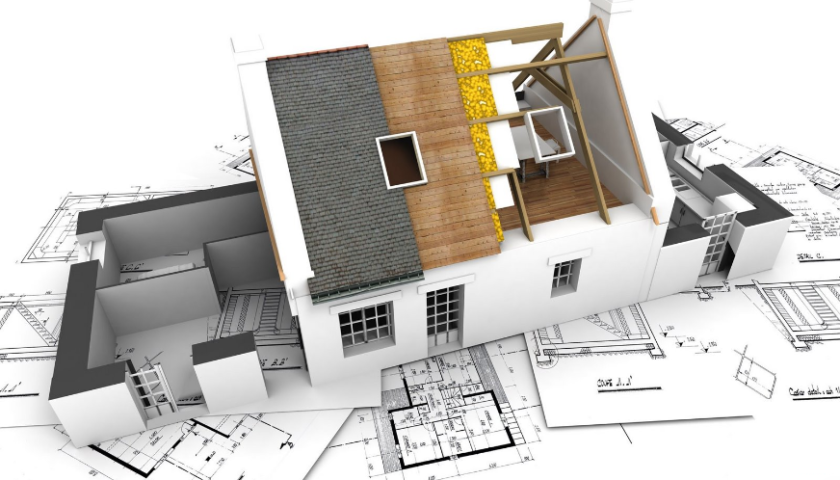
2. Implementing Sustainable Lighting Solutions:
a. LED Lighting Design:
MEP drafters incorporate energy-efficient LED lighting solutions into building designs to reduce electricity consumption and enhance lighting quality. Through detailed lighting calculations and simulations, drafters optimize lighting layouts to minimize energy waste while providing adequate illumination for various spaces within the building.
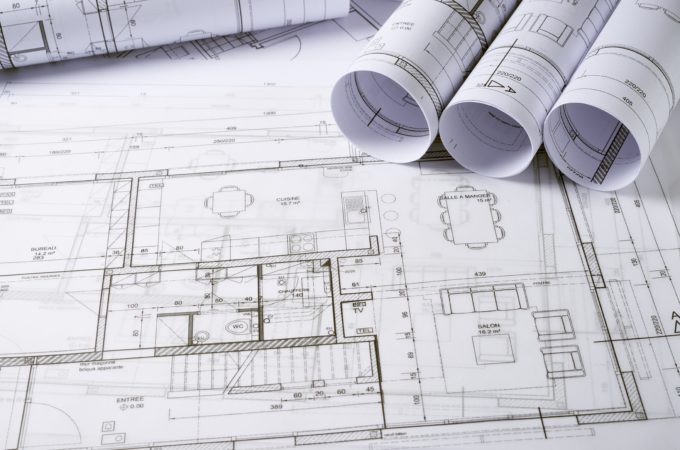
b. Daylight Harvesting:
Its implement daylight harvesting techniques to harness natural daylight for illumination purposes. By strategically positioning windows, skylights, and light shelves, drafters maximize natural light penetration into interior spaces, reducing the need for artificial lighting during daylight hours and further enhancing energy efficiency.
3. Integrating Renewable Energy Systems:
a. Solar Photovoltaic (PV) Systems:
MEP drafters design and integrate solar PV systems into building designs to harness renewable energy from the sun. Through careful analysis of solar exposure and system sizing, drafters optimize the placement and configuration of solar panels to maximize energy generation and offset electricity consumption from the grid, thereby reducing carbon emissions.

b. Wind Turbine Systems:
In suitable locations, it may incorporate wind turbine systems into building designs to capture wind energy and generate electricity. Drafters analyze wind patterns and turbine performance to determine the feasibility of wind energy integration, ensuring optimal placement and sizing of wind turbines for maximum energy production.
Understanding Energy Efficiency in Buildings
Before delving into the role of MEP drafting services, it’s essential to understand what energy efficiency entails in the context of building design. Energy efficiency refers to the utilization of energy resources in a manner that minimizes waste and maximizes output. In buildings, energy efficiency encompasses various aspects, including heating, cooling, lighting, ventilation, and water usage. By optimizing these systems, buildings can reduce energy consumption, lower operating costs, and minimize environmental impact.
Designing Energy-Efficient MEP Systems
MEP drafting services play a crucial role in designing energy-efficient building systems that prioritize sustainability and performance. Let’s explore some key strategies and technologies employed in MEP systems to enhance energy efficiency:
1. Efficient HVAC Systems
Heating, ventilation, and air conditioning (HVAC) systems account for a significant portion of a building’s energy consumption. MEP drafters utilize advanced design techniques and software tools to optimize HVAC system layouts, ductwork configurations, and equipment selections. By incorporating energy-efficient components such as high-efficiency boilers, chillers, and variable-speed drives, MEP systems can minimize energy waste and improve overall performance.
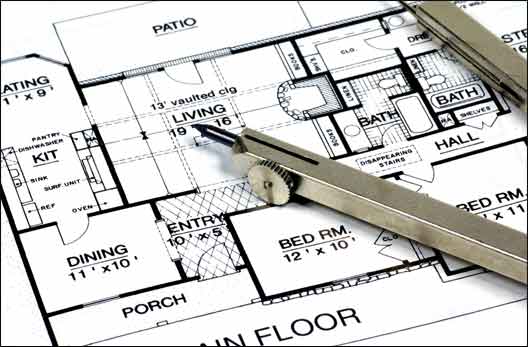
2. Integrated Building Automation
Building automation systems (BAS) play a crucial role in optimizing energy use and enhancing occupant comfort. MEP drafting services integrate BAS into building designs to enable centralized control and monitoring of HVAC, lighting, and other systems. By implementing features such as occupancy sensors, programmable thermostats, and daylight harvesting controls, buildings can dynamically adjust energy usage based on occupancy levels and environmental conditions, leading to significant energy savings.
3. Renewable Energy Integration
The integration of renewable energy sources such as solar, wind, and geothermal power is a key strategy for enhancing energy efficiency in buildings. MEP drafters collaborate with architects and engineers to design MEP systems that accommodate renewable energy technologies, such as photovoltaic panels, wind turbines, and ground-source heat pumps. By harnessing renewable energy sources, buildings can reduce reliance on fossil fuels and achieve greater energy independence.
4. Energy-Efficient Lighting Design
Lighting accounts for a substantial portion of a building’s energy consumption, making it a prime target for energy efficiency improvements. MEP drafting services employ advanced lighting design software to optimize fixture layouts, lighting levels, and control strategies. By incorporating energy-efficient lighting technologies such as LED fixtures, occupancy sensors, and daylight harvesting systems, buildings can reduce lighting energy consumption while maintaining adequate illumination levels.

5. Water Efficiency Measures
Water conservation is another essential aspect of energy-efficient building design. MEP drafters incorporate water-efficient plumbing fixtures, such as low-flow toilets, faucets, and showerheads, into building designs to minimize water usage. Additionally, rainwater harvesting systems and greywater recycling technologies can further reduce the demand for potable water, conserving energy associated with water treatment and distribution.
Case Studies: Examples of Energy-Efficient MEP Designs
To illustrate the impact of MEP drafting services on energy efficiency, let’s examine two case studies showcasing innovative MEP designs:
Case Study 1: Net-Zero Energy Office Building
In this case study, MEP drafters collaborated with architects and engineers to design a net-zero energy office building. The MEP systems incorporated advanced energy-efficient technologies, including geothermal heat pumps, solar photovoltaic panels, and high-performance HVAC equipment. Building automation systems were utilized to optimize energy use and monitor renewable energy generation, resulting in a building that produces as much energy as it consumes over the course of a year.
Case Study 2: LEED-Certified Green School
In this case study, MEP drafters worked on the design of a LEED-certified green school facility. The MEP systems featured highly efficient HVAC equipment, demand-controlled ventilation, and energy-efficient lighting fixtures. Water-efficient plumbing fixtures and rainwater harvesting systems were also incorporated to minimize water consumption. As a result, the school achieved LEED Platinum certification, demonstrating exceptional energy performance and sustainability.
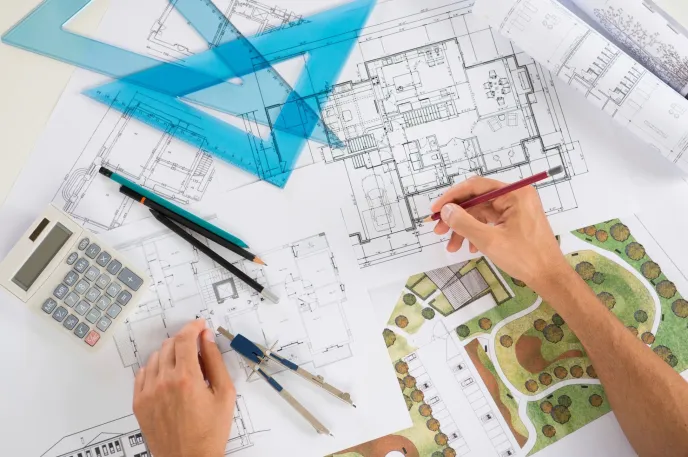
Conclusion:
MEP drafting services play a critical role in enhancing energy efficiency in building design by integrating energy-efficient HVAC systems, sustainable lighting solutions, and renewable energy systems. Through meticulous design and optimization, MEP drafters contribute to reducing energy consumption, lowering operating costs, and minimizing environmental impact, thereby creating healthier, more sustainable built environments for present and future generations.

